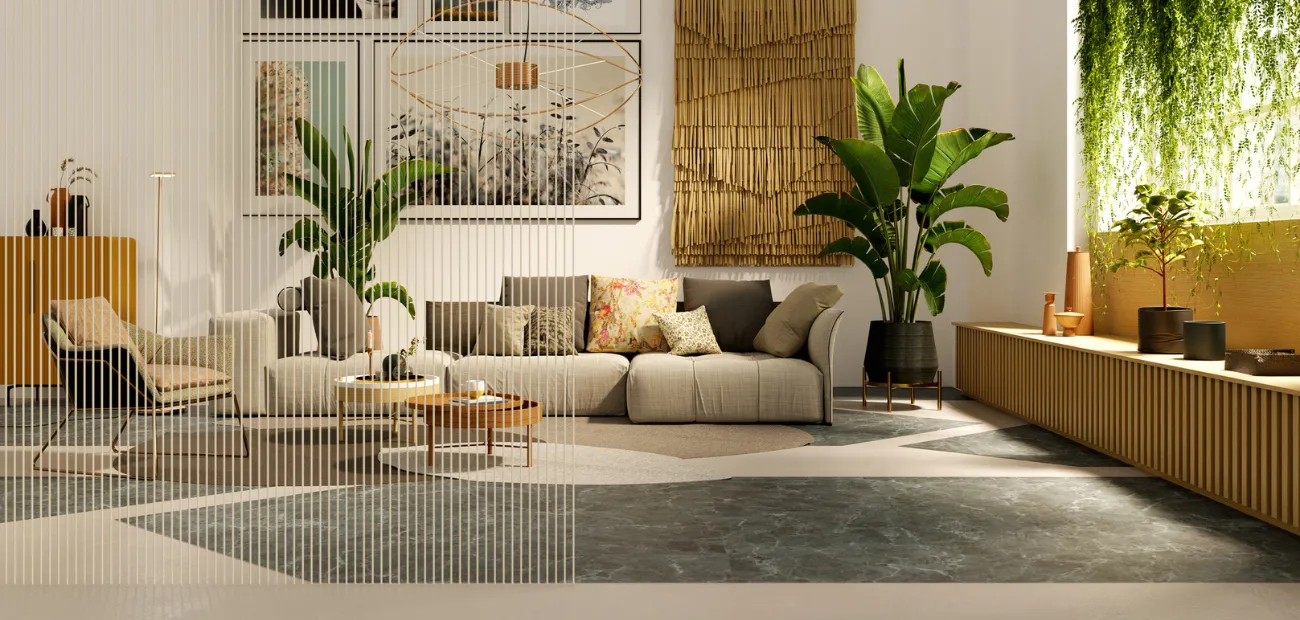Introduction
In an age where urbanization seems to have distanced us from nature, the real estate industry is undergoing a remarkable revolution. Biophilic design, a concept that integrates the natural world into our built environments, is transforming living spaces. In this article, we will explore the burgeoning relationship between real estate and biophilic design, focusing on the harmonious blend of indoor and outdoor environments. Learn about key biophilic design principles and find inspiration in a comparative table showcasing properties leading the charge in this biophilic revolution.
The Essence of Biophilic Design
Biophilic design is not a passing trend but a revolution that seeks to reunite us with the natural world. It’s about bringing the outdoors in, creating living spaces that nourish the soul, invigorate the body, and inspire the mind.
The 6 Principles of Biophilic Design
- Visual Connection with Nature: Large windows, skylights, and open spaces invite natural light and provide unobstructed views of nature, anchoring residents in the world outside.
- Non-Visual Connection with Nature: Incorporating nature’s sounds, scents, and textures in interior design, such as the calming sound of a water feature or the tactile feel of natural materials.
- Non-Rhythmic Sensory Stimuli: Introducing the irregular, non-repeating patterns and textures found in nature into the design, such as the organic grain of wood or the randomness of a natural stone wall.
- Thermal and Airflow Variability: Creating dynamic indoor environments that mimic the natural world, with variations in temperature and air movement for comfort and vitality.
- Presence of Water: Water features, from indoor fountains to reflective pools, bring a sense of serenity and tranquility to living spaces.
- Dynamic and Diffuse Light: Emulating the natural variation of light throughout the day, from the soft morning sun to the warm glow of sunset, enhancing the connection with the outdoors.
Image by: https://www.benholm.com/
Comparative Table of Biophilic Design in Real Estate
Explore how real estate properties are embracing biophilic design principles in the following comparative table:
| Property | Location | Key Biophilic Features |
|---|---|---|
| Zen Garden Residences | Los Angeles, CA | Indoor gardens, flowing water features, natural wood finishes |
| Coastal Serenity Homes | Charleston, SC | Oceanfront views, organic materials, outdoor yoga decks |
| Urban Jungle Lofts | Chicago, IL | Atriums with lush greenery, natural stone accents, large skylights |
| Lakeside Haven Retreat | Minneapolis, MN | Lake proximity, floor-to-ceiling windows, tranquil indoor ponds |
| Forest Oasis Estates | Portland, OR | Forest surroundings, biophilic artwork, organic color palette |
The Impact on Well-Being
The transformation of real estate through biophilic design has a profound impact on residents’ well-being. Numerous studies have demonstrated that exposure to nature within the built environment can reduce stress, enhance cognitive function, and elevate overall satisfaction with living spaces. It’s a testament to the potential of biophilic design in promoting physical and mental health.
Real Estate’s Pursuit of Harmony
Real estate is no longer confined to the bricks and mortar of structures; it’s about creating living spaces that resonate with the rhythm of nature. Biophilic design is an embodiment of this pursuit of harmony, where living in union with the natural world elevates our quality of life. As the real estate industry continues to adopt these principles, it paves the way for a future where our homes and living spaces seamlessly merge the tranquility and beauty of the outdoors with the comfort and security of the indoors.
Conclusion
The real estate industry’s biophilic revolution is a testament to its quest for harmony and well-being. By merging the indoor and outdoor worlds through biophilic design, real estate professionals are creating environments that enrich our lives. Biophilic design principles, whether through visual or non-visual connections with nature, have a profound impact on reducing stress, enhancing cognitive function, and increasing our overall satisfaction with our living spaces. This revolution in the real estate industry is a visionary step toward a future where our living spaces are a seamless blend of the natural world and the comforts of home.




